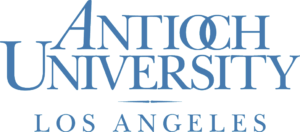Spotlight: Untitled Mixed Media Portfolio
Artist Statement
I was born and raised in Shanghai. By the 1980s, Deng Xiaoping initiated a more open-door policy, but I still had a deep desire to experience America as well as Western culture. Immigrating to Boston to study art in graduate school, I discovered a more complex society than I had imagined. Longing for a democratic system, I wasn’t prepared for the magnitude of consumption both promoted and practiced. The great chasm between Communist China and capitalist America was quite a shock and heightened my awareness of self. Belonging to both worlds and to neither, I recognized the social construction of cultural codes and their impact on identity.
Calligraphy expresses the shared space of the personal and the political. Chinese students must devote many years to memorizing several thousand characters. Each character must be written flawlessly and must be both neat and pleasing to the eye, and such rote exercises condition one to submit to authority. In the public square and posted on all walls everywhere, big calligraphic characters were a constant reminder of a collective voice, and so people discounted the empty rhetoric of the official media. Yet, in classical Chinese, the script or shu is so sacred that it is believed to be capable of affecting change in the natural order of things. By invoking calligraphic forms, I am commenting on the distortion of language, but I am also reclaiming the energy of the written word. Tapping into my ancestral roots, I also use pigments for their symbolic power. For example, black and white are the colors of most ink paintings, but also represent yin and yang; red and yellow represent happiness, wealth, and health.
I consider myself a “spiritual escapist.” I am especially interested in making and unmaking meaning with the combination of word and image—particularly in this age of digital communication. Incorporating contemporary events and pop culture, I collect daily newspapers in English and Chinese, cut specific text, graphics, and articles, and put them in categories. I also gather postproduction material from local ad agencies. Influenced by artists such s Marcel Duchamp and Andy Warhol, my calligraphic strokes commingle with expressive brushwork and drips, and the freedom of such abstract artists allows me to explore Chinese characters in a personal, reinvigorated way—connecting to and balancing vital energy. The cross-cultural exchange mediated in my creative process continues to unfold and push beyond duality. In merging the beauty of traditional painting technique, modernist performance-like gestures, as well as typography and imagery, I am forging an art that both creates and expresses my self. Embracing the chaos, or ran, I stand hopefully poised between ambivalent remembrance and an undetermined tomorrow.
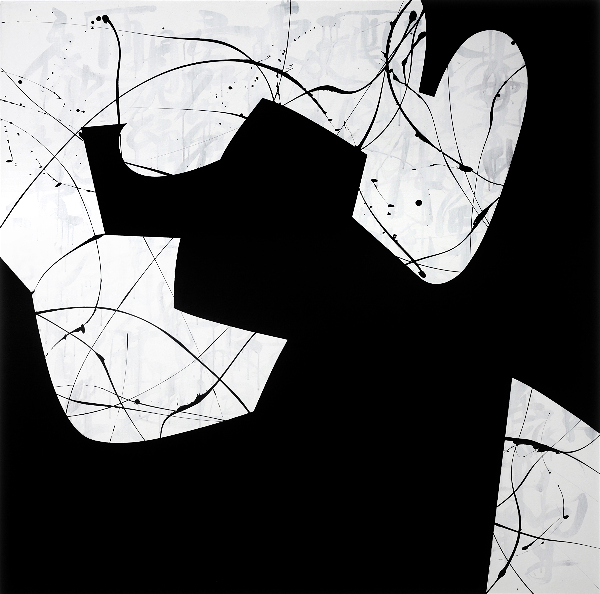
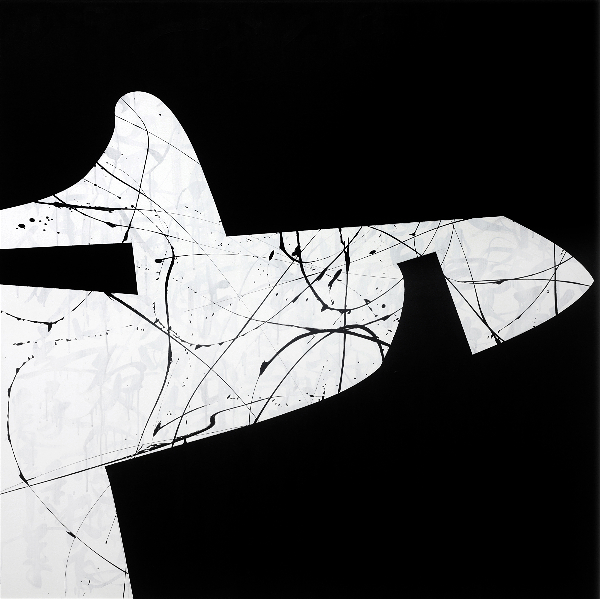
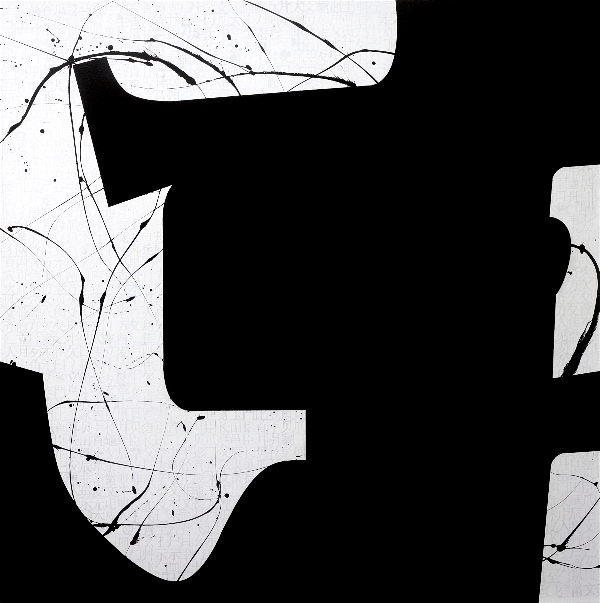
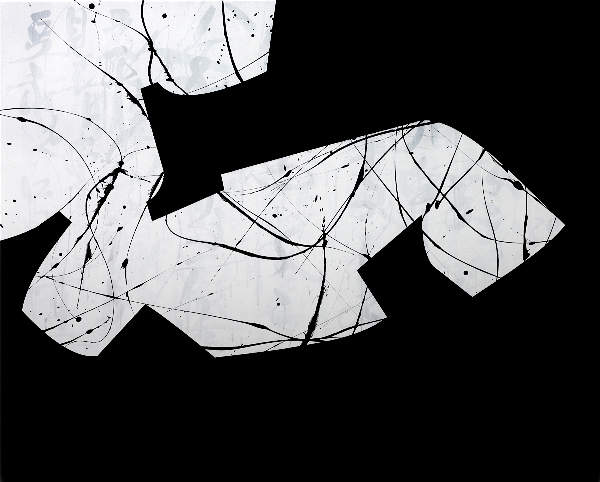
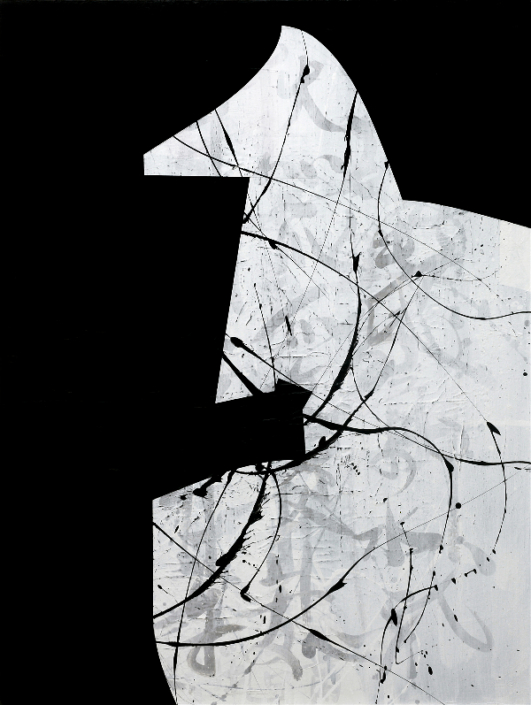
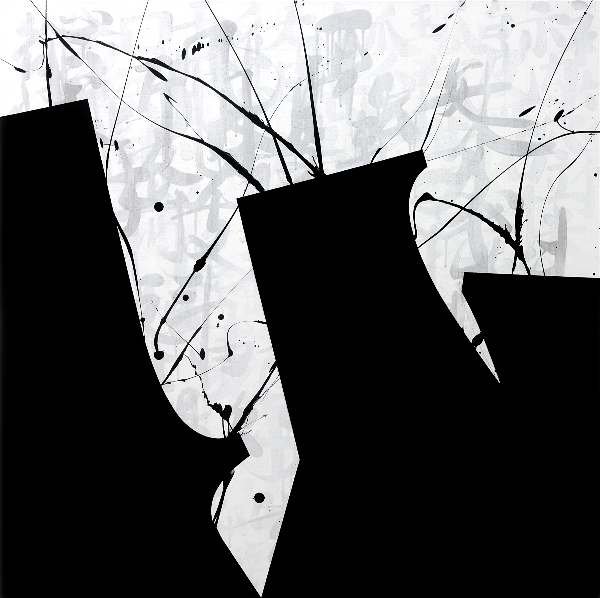
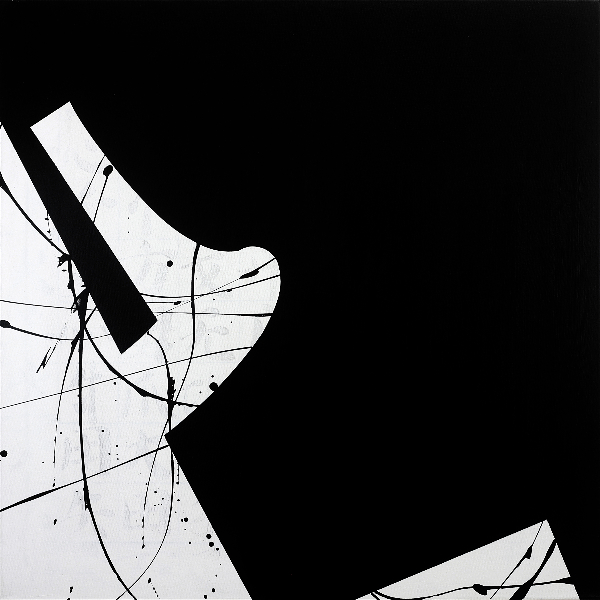
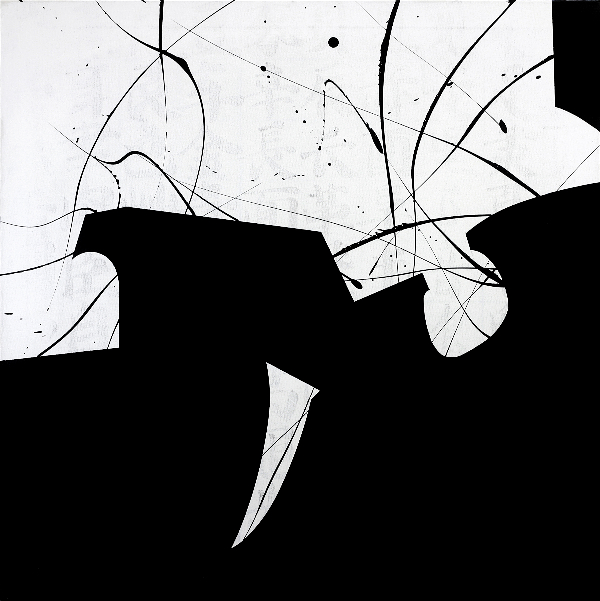
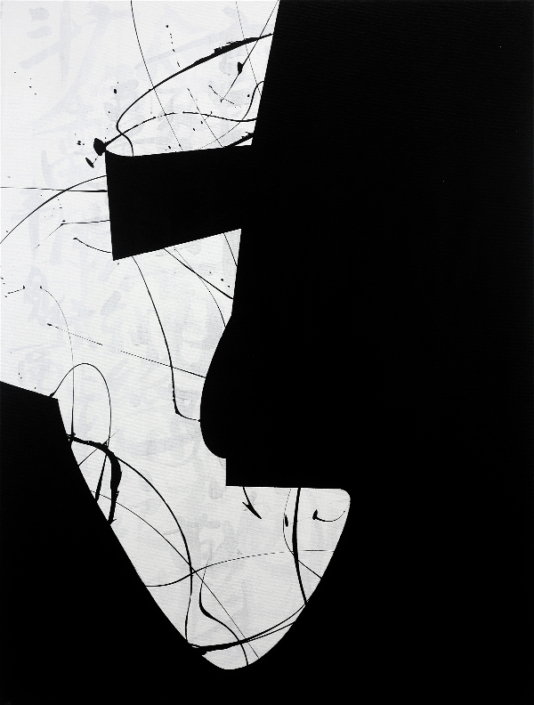
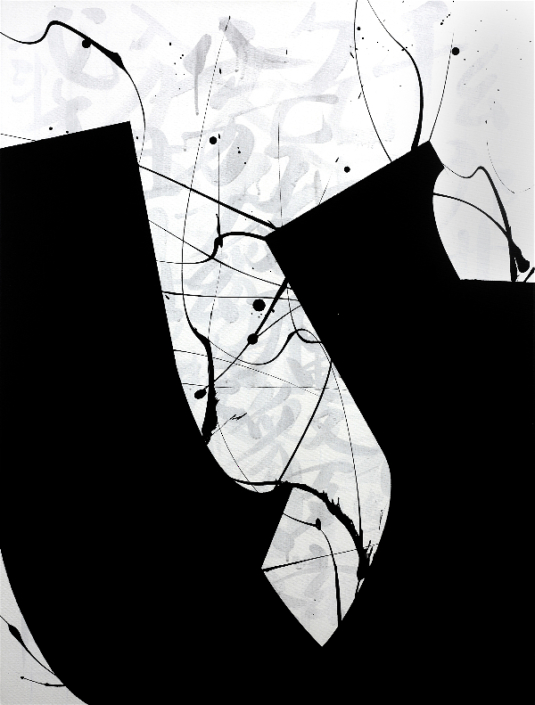
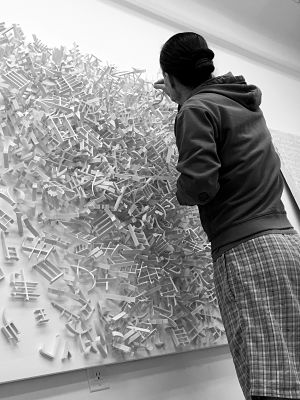 Born and raised in Shanghai, Chang immigrated to the U.S. to study art at graduate school in Boston. John Chang’s work expresses the duality of his Chinese and American experience by juxtaposing traditional and unconventional symbols and images through the application of mixed media. Deconstructed Chinese calligraphy layered over segments of world history and references to modern pop-culture depict his personal transformation.
Born and raised in Shanghai, Chang immigrated to the U.S. to study art at graduate school in Boston. John Chang’s work expresses the duality of his Chinese and American experience by juxtaposing traditional and unconventional symbols and images through the application of mixed media. Deconstructed Chinese calligraphy layered over segments of world history and references to modern pop-culture depict his personal transformation.


